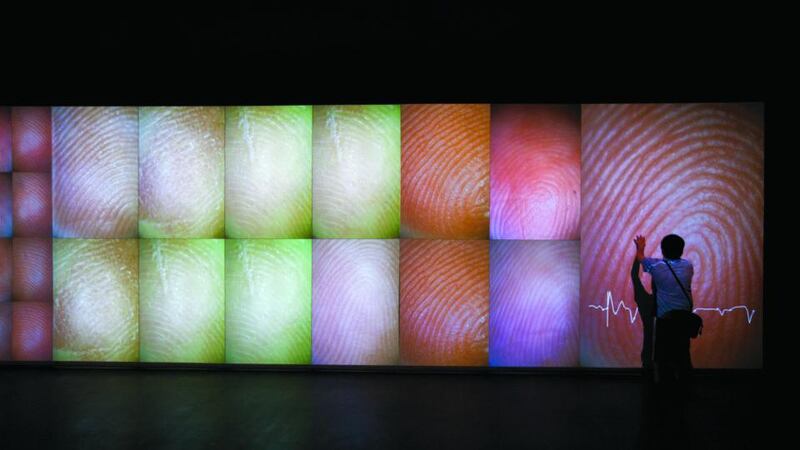A new exhibition at Dublin's Science Gallery is tapping into a challenging vein. It is called Blood, and it lives up to its subtitle, Not for the Faint-Hearted, as it explores several beautiful, life-giving, life-robbing, gory and disturbing aspects of the title subject.
"Blood seemed like the perfect topic," says curator Luke O'Neill, professor of biochemistry at Trinity College Dublin. "It's where you find immune cells; it carries oxygen; it's the most vital of fluids and it has many interesting connotations, including Bram Stoker, religion [wine into blood], German children's stories, tales of fear of blood, HIV and the deadly haemorrhagic virus Ebola, among others. So we thought it would be fun, provocative and highly informative."
Science Gallery Dublin director Lynn Scarff is a curator of the exhibition, along with O'Neill, haematologist Prof Shaun McCann, literary and cultural scholar Prof Clemens Ruthner and artist Jens Hauser.

Scarff says the flow of ideas and angles was sometimes surprising, and that some of the content could disturb some visitors. “It is not a show for children,” she says. “We would recommend being over the age of 15, and we rated one particularly graphic installation as over 18.”
The Blood exhibition includes perspectives from art, science, medicine and literature, and there is plenty to contemplate. Installations include Bloom's Blood, which explores mentions of blood in James Joyce's Ulysses; a spoof brand tackles the secrecy of menstrual blood; and glass models depict various functions of blood.
Medicine gets a nod too. The apparatus used by surgeon Robert McDonnell to perform the first human-to-human blood transfusion in Ireland in 1865 is featured, as are the more modern practices of donating and transfusing blood, and using transplants of stem cells from donated bone marrow to treat patients with leukaemia.
The installation Black Market Pudding looks at the making of food with blood from live animals. "We get milk from cows and wool from sheep," says Scarff. "So the piece is saying: why not have a business model where you don't have to kill the animal to use some blood?'"
You can offer up some of your own blood to find out your type at the gallery, or you could just keep your finger on the pulse with a “blood jukebox” that uses your pulse rate to estimate your age and seeks to play tracks from your teenage years.
Scarff says she is intrigued to see what the visitor reaction will be to the exhibition. “This one is an experiment for us,” she says. “I reckon some people will love it and some will find it pretty tough.”
Blood: Not for the Faint-Hearted is run by Science Gallery Dublin and the Trinity Biomedical Sciences Institute and is funded through a Wellcome Trust grant. It opens to the public tomorrow and runs until January. Admission is free







